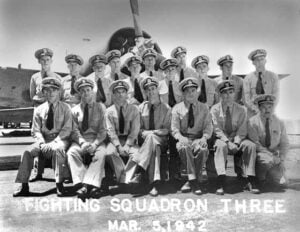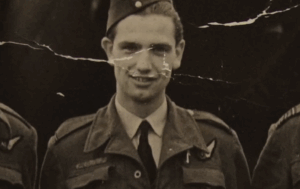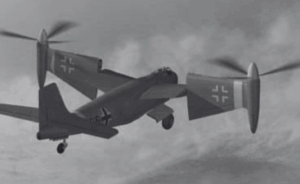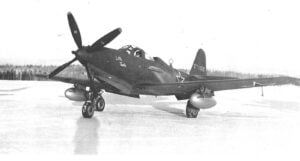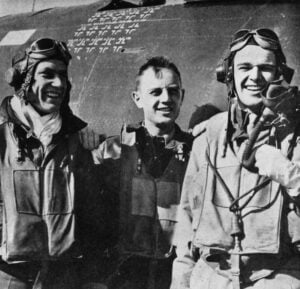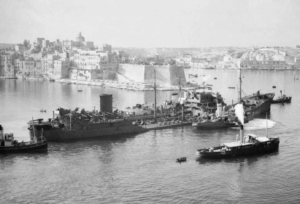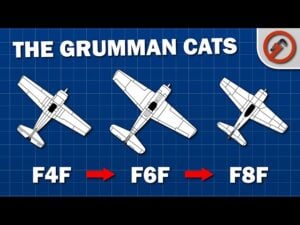7 Italian Planes That Shocked Allied Forces During WWII
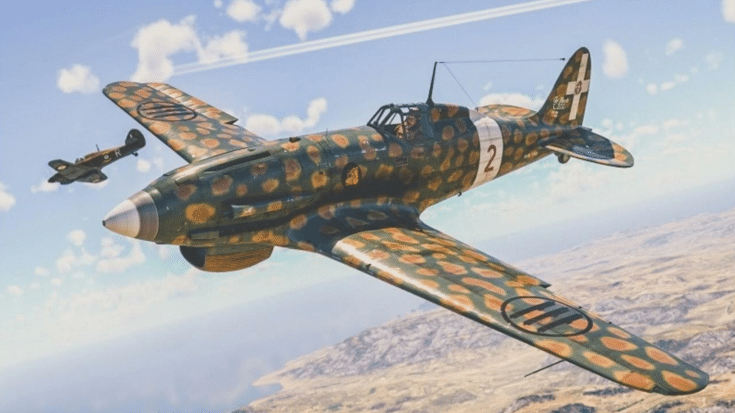
World of Warbirds / YouTube
During the Second World War, Italy’s air force, the Regia Aeronautica, introduced several aircraft that surprised Allied forces with their advanced designs and unexpected performance. While Italian aviation often takes a backseat in discussions about the war, these planes demonstrated a mix of innovation and engineering skill. Some even gained respect among enemy pilots, defying stereotypes about Italy’s wartime equipment.
The following aircraft illustrate how Italian aviation challenged expectations during the conflict.
Macchi C.202 Folgore (Lightning)
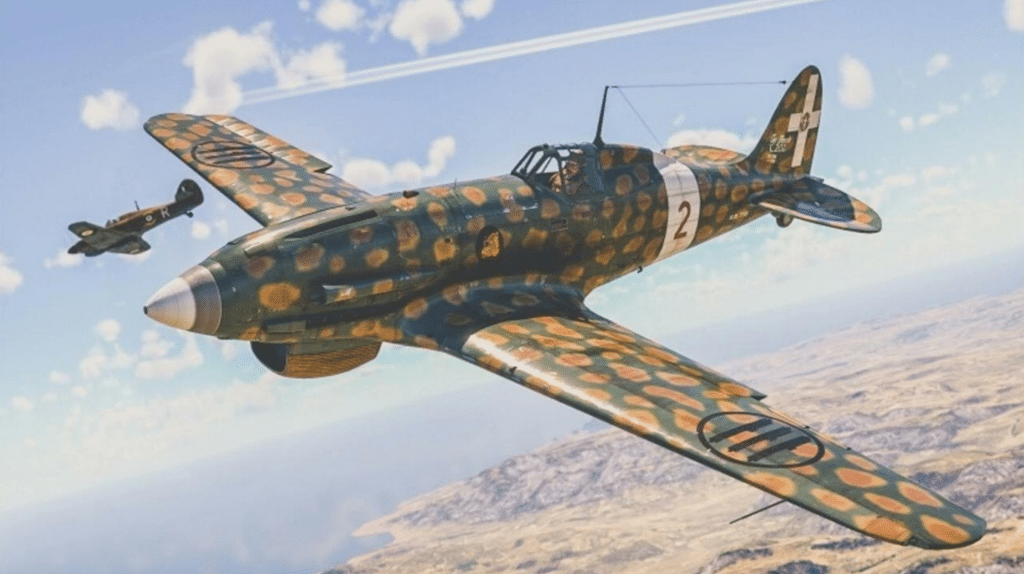
The Macchi C.202 Folgore (Lightning) stood out as one of the most effective Italian fighter planes of the war. Introduced in 1941, the Folgore combined sleek design with solid performance. Powered by a license-built Daimler-Benz DB 601 engine, it could reach speeds of up to 372 miles per hour. Its agility and handling were comparable to some of the best Allied fighters of the time, including the British Spitfire.
The C.202 saw extensive action in North Africa, where it earned a reputation for being a dangerous adversary. Its strengths included its speed, maneuverability, and a sturdy airframe. However, it was often let down by underwhelming armament, typically two 12.7mm machine guns. Despite this limitation, the Folgore became a symbol of Italian engineering excellence during the war and was flown by several of Italy’s top aces.
Savoia-Marchetti SM.79 Sparviero (Sparrowhawk)
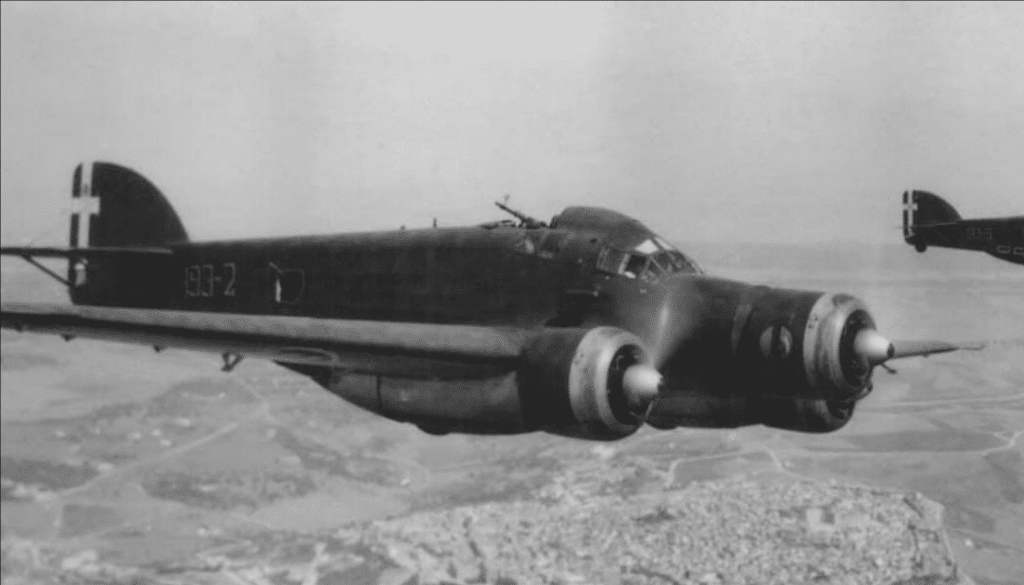
The Savoia-Marchetti SM.79 Sparviero (Sparrowhawk) was a versatile trimotor bomber that served as Italy’s primary medium bomber. First flown in the mid-1930s, the SM.79 was initially designed as a fast passenger plane but was later adapted for military use. It became famous as a torpedo bomber, particularly in the Mediterranean theater, where it earned the nickname “Damned Hunchback” due to its distinctive hump-shaped fuselage.
Armed with torpedoes or bombs, the SM.79 played a critical role in disrupting Allied naval operations. Its ability to conduct low-altitude attacks on warships made it a feared opponent. While it faced challenges against modern Allied fighters and anti-aircraft defenses, the Sparviero proved surprisingly effective, especially early in the war, and it remained in service until the conflict’s end.
Fiat CR.42 Falco (Falcon)
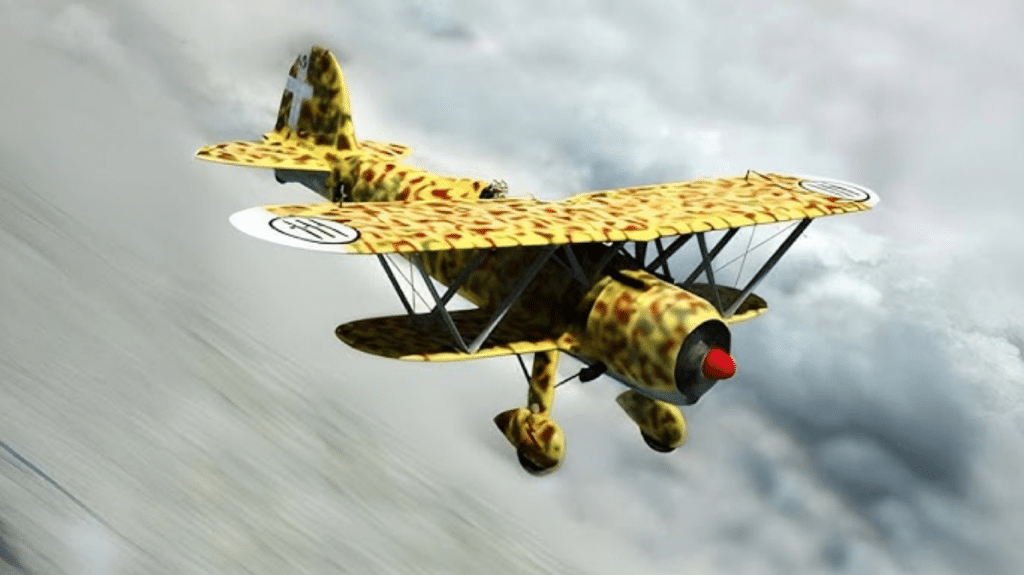
The Fiat CR.42 Falco (Falcon) represented the last generation of biplane fighters, a design considered outdated by the time World War II began. Despite its old-fashioned appearance, the CR.42 surprised many Allied pilots with its maneuverability and speed, which were remarkable for a biplane. It could reach speeds of around 270 miles per hour and was heavily armed with two 12.7mm machine guns.
The Falco saw combat on several fronts, including North Africa and the Eastern Front, where it proved effective in ground-attack roles. Although it struggled against modern monoplanes like the Spitfire and Hurricane, its ruggedness and agility allowed it to remain useful, particularly in secondary roles. The CR.42’s continued presence on the battlefield reflected the adaptability of Italian pilots in making the most of their available resources.
Reggiane Re.2005 Sagittario (Archer)

The Reggiane Re.2005 Sagittario (Archer) was considered one of the finest Italian fighters of the war. Introduced in 1942, it combined advanced aerodynamics with powerful armament, including a 20mm cannon and two 12.7mm machine guns. It could achieve speeds of over 390 miles per hour and was highly regarded for its climb rate and agility.
Though produced in small numbers due to resource limitations, the Sagittario was a formidable opponent when it entered combat. Allied pilots who encountered it noted its ability to hold its own against more numerous and heavily armed enemy aircraft. Despite its limited production, the Re.2005 remains a high point in Italian aviation history.
Caproni Ca.310 Libeccio (Southwest Wind)
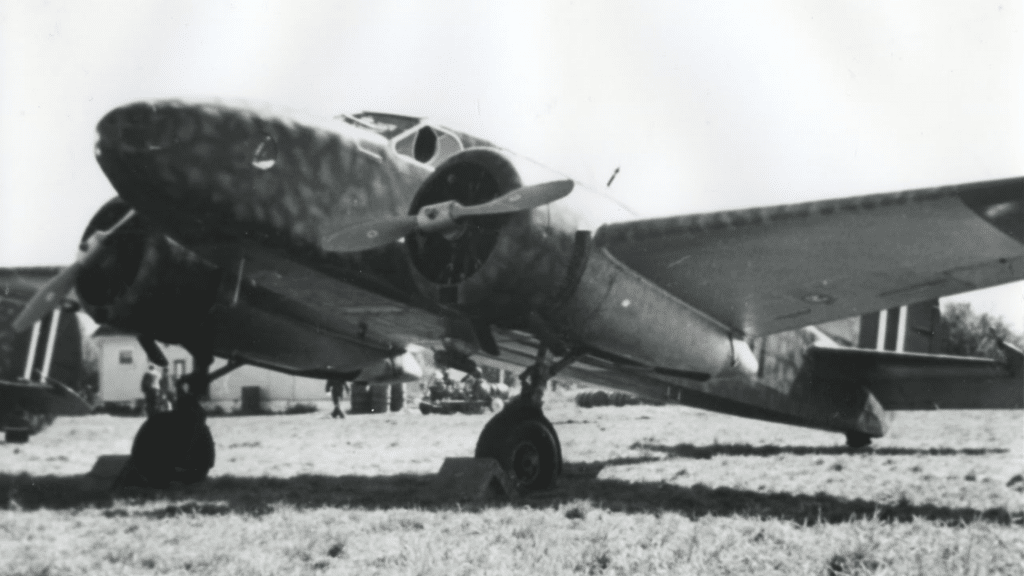
The Caproni Ca.310 Libeccio (Southwest Wind) was a reconnaissance and light bomber aircraft introduced in the late 1930s. While not as advanced as some of its contemporaries, the Ca.310 played an important role in early campaigns in North Africa and the Balkans. Its design emphasized versatility, allowing it to perform a variety of missions, from reconnaissance to bombing runs.
Although it struggled against more modern aircraft as the war progressed, the Ca.310 demonstrated the ingenuity of Italian engineers working within significant constraints. Its service in the early stages of the war underscored the importance of adaptable aircraft in meeting the diverse needs of the battlefield.
Macchi C.205 Veltro (Greyhound)
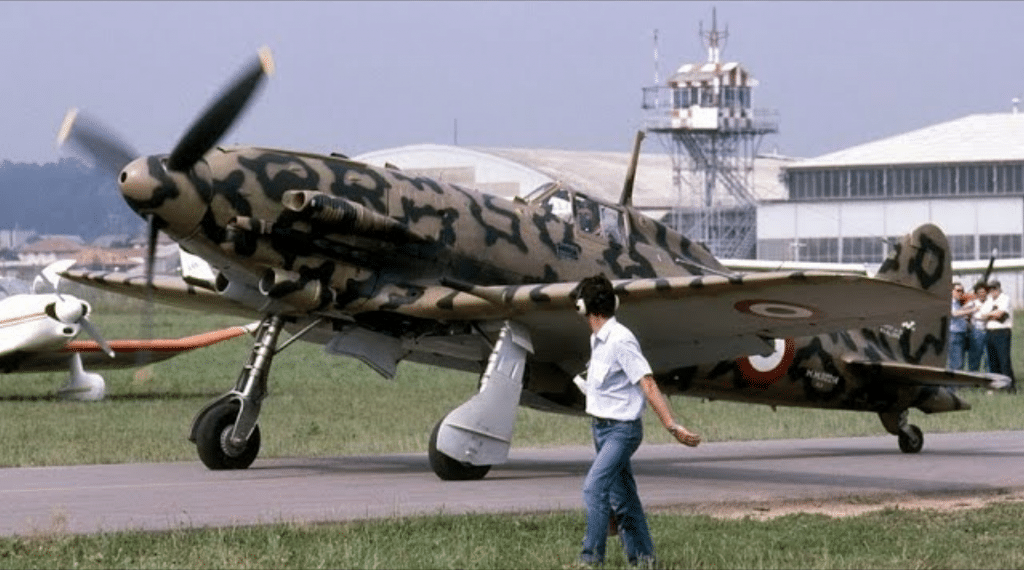
The Macchi C.205 Veltro (Greyhound) was a direct successor to the C.202 Folgore and represented a significant improvement in firepower and overall performance. Equipped with a Daimler-Benz DB 605 engine, the Veltro could reach speeds of up to 400 miles per hour. Its increased armament, which included two 20mm cannons and two 12.7mm machine guns, made it a more formidable opponent for Allied aircraft.
The Veltro entered service in 1943 and quickly proved its value in both air-to-air combat and ground-attack missions. Allied pilots often remarked on its speed and handling, which allowed it to compete with late-war aircraft like the P-51 Mustang. However, its impact was limited by production delays and Italy’s armistice with the Allies later that year.
Savoia-Marchetti SM.82 Marsupiale (Marsupial)
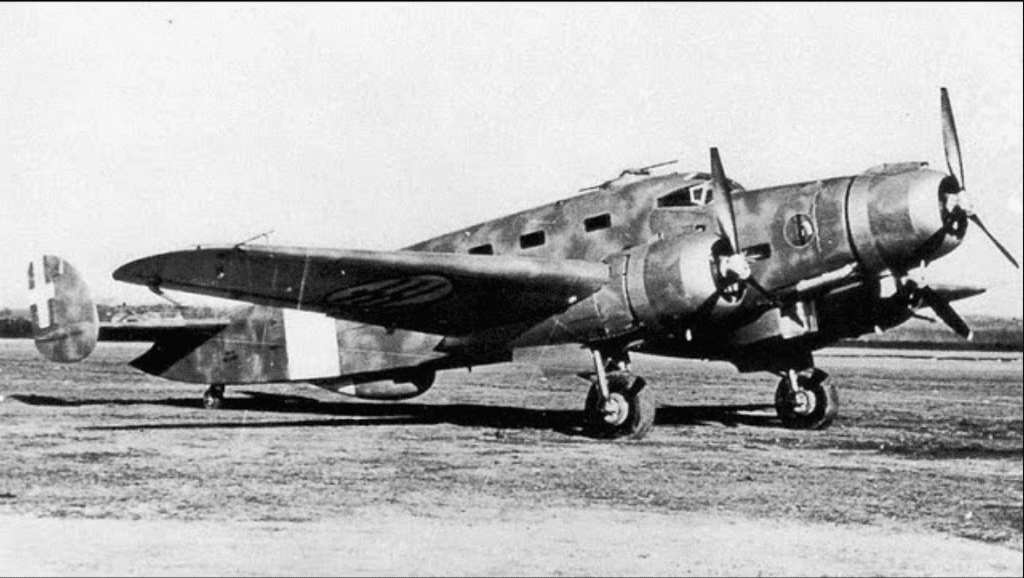
The Savoia-Marchetti SM.82 Marsupiale (Marsupial) was a heavy transport aircraft that also served as a bomber. With its long range and large cargo capacity, the SM.82 played a vital logistical role, moving troops, equipment, and supplies across vast distances. It was also used for bombing missions, where its range allowed it to strike targets deep behind enemy lines.
The SM.82’s versatility and reliability made it one of Italy’s most valuable aircraft during the war. Although not as glamorous as fighters or bombers, it performed essential support roles that allowed Italian forces to sustain their operations in challenging environments.














